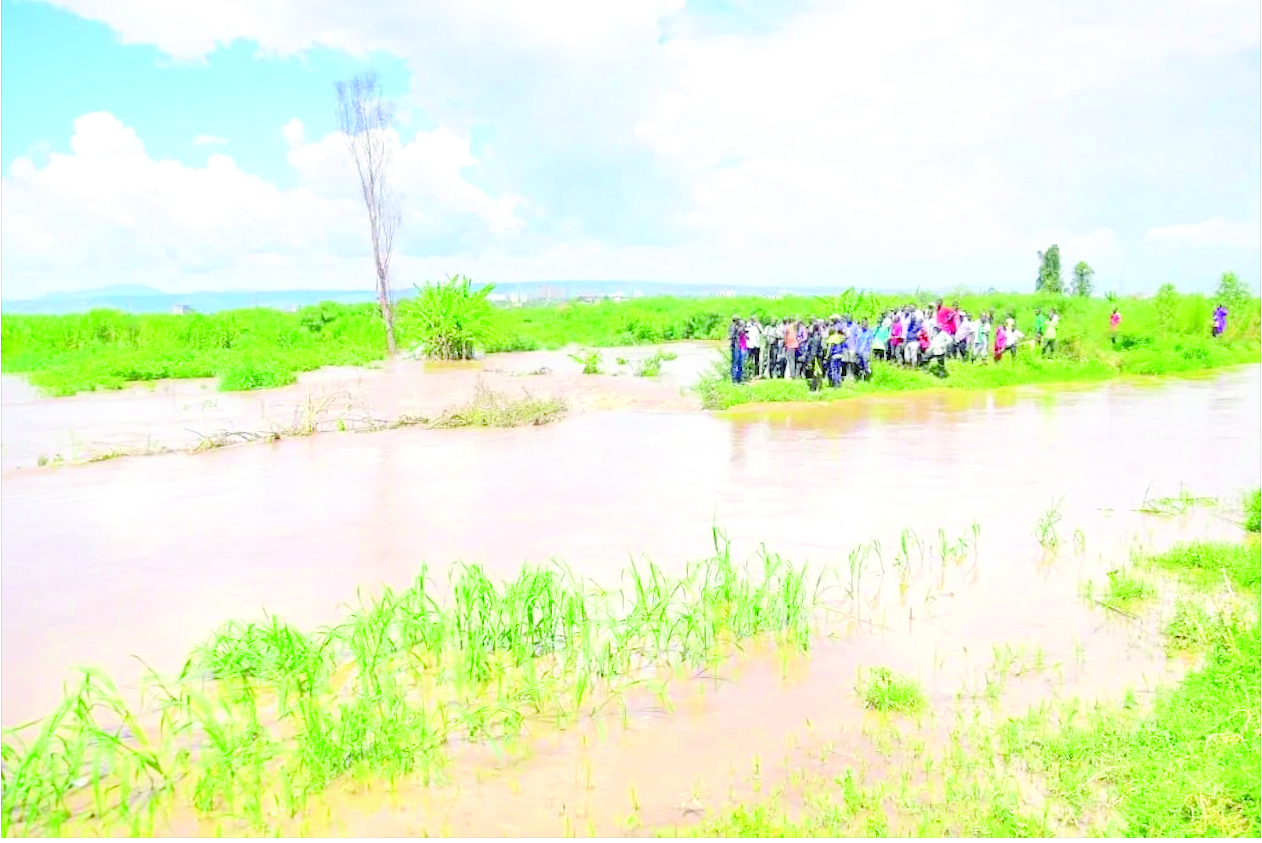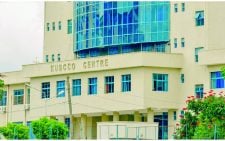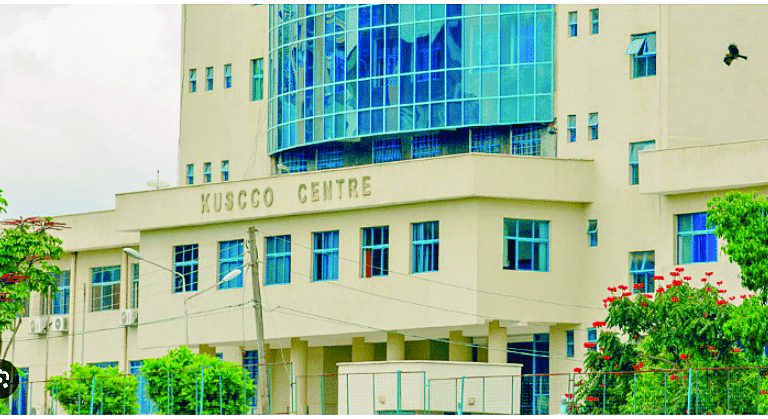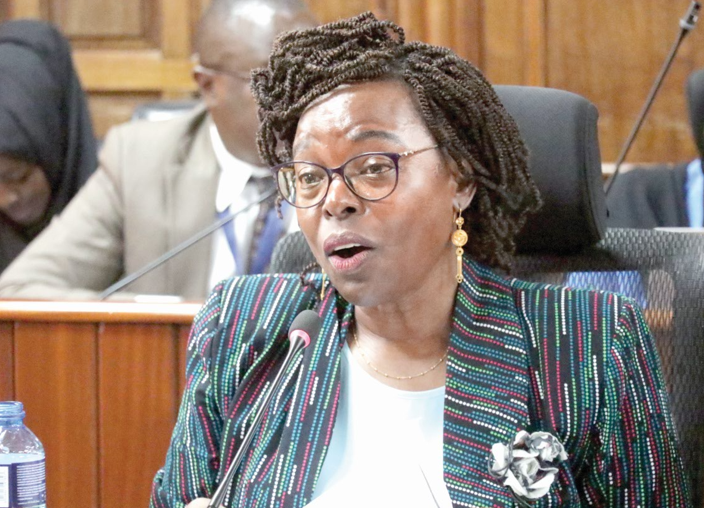Navigating Lamu port challenges

Reuben Mwambingu @reubenmwambingu
After the historic launch of Lamu Port on May 20, the real task ahead now remains in navigating the challenges ahead to actualise the dream.
Maritime experts believe the port has great prospects to turn around the economy of the region but say it will all depend on how the country will navigate the existing challenges and position itself going forward.
Kenya Shippers Council CEO Gilbert Langat said for now, the government has to deal with the challenges of inland infrastructure including roads, railway and pipeline to connect to South Sudan and Ethiopia as per the strategy of the Lamu Port South Sudan Ethiopia Transport (Lapsset) corridor project.
He said the first challenge now is the inland systems, the infrastructure that connects Lamu port to the inland where customers are.
“Remember the initial strategy was to link Lamu port to South Sudan and Ethiopia… we need roads, rail and pipeline.
All those are not there. The roads are being done and the pipeline is being considered but we need to have the port ready then the rest will follow,” said Langat.
Inland infrastructure
According to the CEO for now as the government invests in inland infrastructure, it is imperative to consider focusing on using Lamu as a transshipment port.
This, he added, is where the port is used for dropping cargoes which are then picked for transshipment to ports of Mombasa, Djibouti and Dar-es-Salaam among others because it has the capacity to do that.
“We should focus on selling the transshipment service to the shipping lines first for now,” he said.
The second challenge, Lang’at says is to invite other players to come and develop the remaining berths as a way of fast-tracking the process of bringing Lamu port fully to business.
He disclosed that Transnet in South Africa has expressed interests in developing some facilities in the port and there are many other players.
“If we make the Port of Lamu a commodity port and use those other berths that are ready for handling commodities including bulk and conventional cargo, it will allow players to even build industries there,” Langat added.
“You manufacture and load to the ship for transportation into the outside market. Lamu port has the capacity to do that,” he said.
Being an open sea port with a natural depth, the shippers council boss is of the view that with proper prioritisation, Lamu port has the capacity to give South Africa’s Port of Durban and Oman’s Salalah in the Middle East a run for their money.
Maritime services
In view of the above, he said the government must consider implementing support infrastructure to achieve the dream.
Going forward, he said the government can rope in investors predominantly the mega shipping companies to develop the remaining 20 berths and take Kenya’s maritime services sector to the next level.
Acting Kenya Ports Authority (KPA) boss Rashid Salim (pictured) said they are open to talks with investors, adding that they have been holding meetings with various stakeholders including shipping lines and agents, Kenya Association of Manufacturers and motor vehicle owners to discuss how they can successfully make the port a transshipment hub.
“We are looking at coming up with warehouses for people to store their bulk loose cargo. This is what we are starting with for now,” he said.












